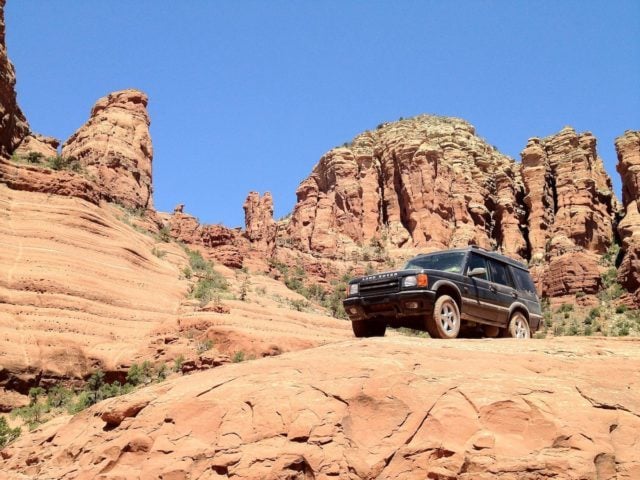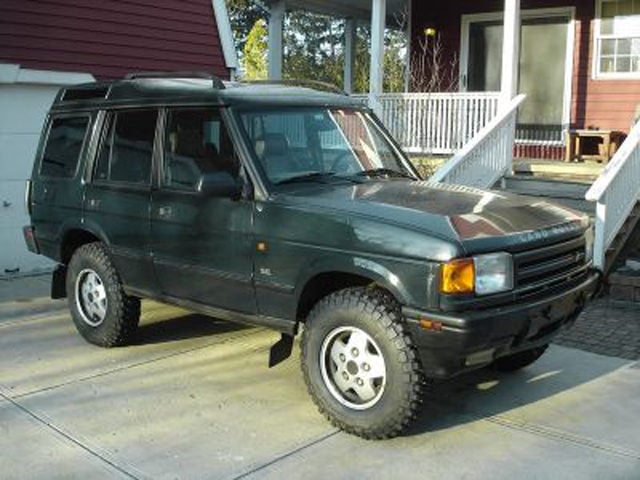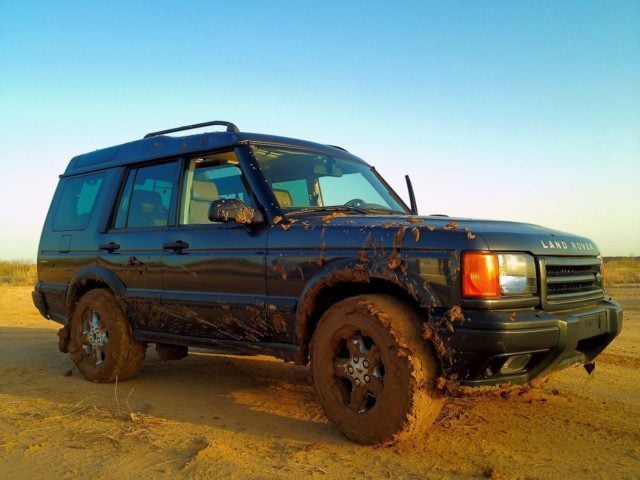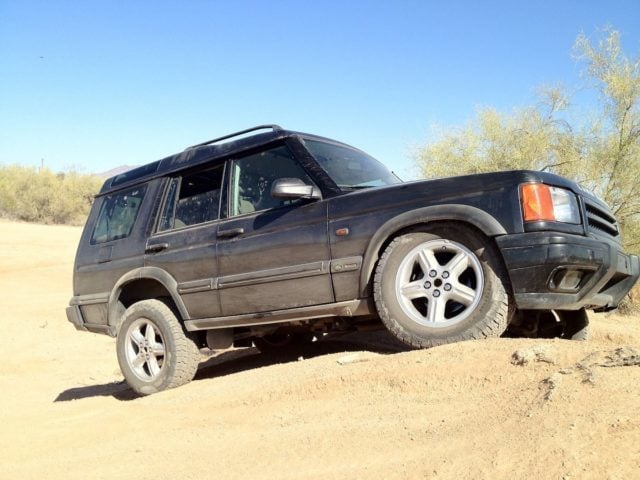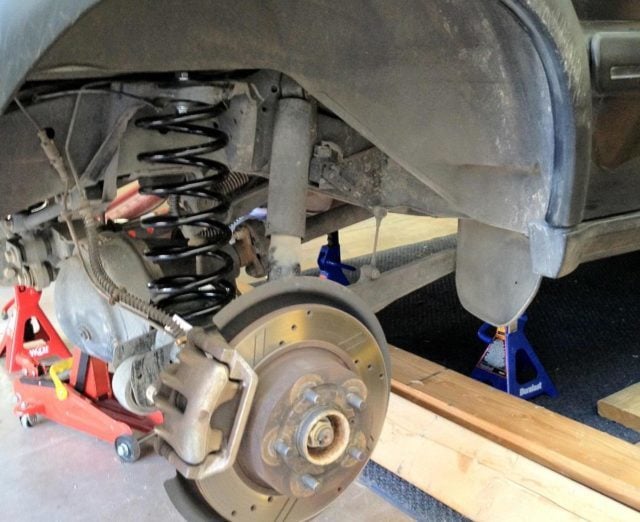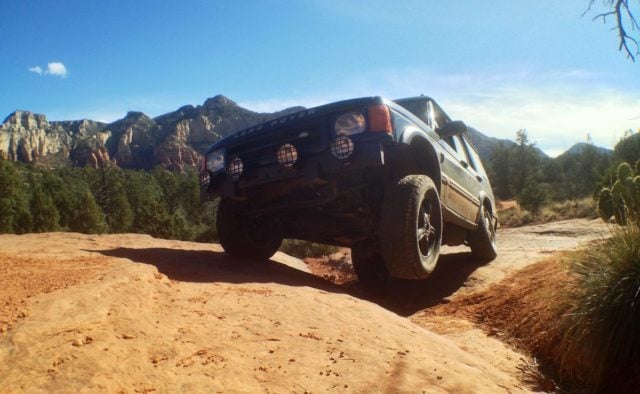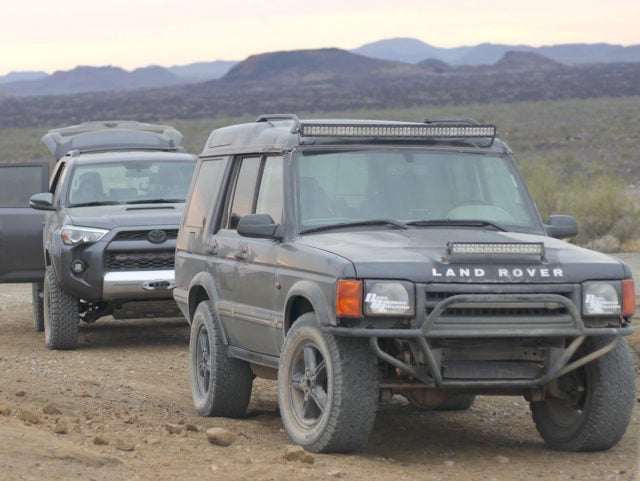Many of us off-roaders know that Land Rovers are pretty good off-road. Many of us, however, don’t really know much more than that. Even though I call myself a Jeep person I do really like Land Rovers.
I loved the Discovery II I owned, up until the engine had a slipped cylinder sleeve. Since so many of us don’t know much about Land Rovers, I figured I would get us all up to speed. So, let’s look at the differences between the Discovery I and the Discovery II.
Brief History
Land Rover introduced the Discovery in 1989. The Discovery II used the same chassis and engine as the much more expensive Range Rover. Land Rover, however, gave the Discovery I a much lower price point.
Early models in the US came equipped with a 3.9-liter V8, but Land Rover upgraded later models to the 4.0-liter V8. The Discovery I was the vehicle used in the “Camel Trophy” which proved its reliability in all conditions. The Discovery I ended up being a pretty good success and Land Rover introduced the Discovery II in 1999.
Both the Discovery I and Discovery II share a similar shape, but Land Rover really modernized the Discovery II. The Discovery II was the first SUV to use airbag suspension and an optional cornering enhancement system known as ACE.
Unfortunately, Land Rover killed off some of the features that Land Rover enthusiasts loved such as the center differential lock. In 2004 Land Rover ended the Discovery II, which was replaced by the much less loved LR3.
CDL
Since the Discovery I was AWD and not 4WD it needed a differential in the transfer box. This can create some issues when off-road since all power can possibly go to only one axle and one wheel.
Land Rover fixed this issue by including a center differential lock (CDL). The CDL splits power 50/50 to the front and rear no matter what. This is great for off-roading and can really help the Discovery I get out of sticky situations.
Unfortunately, Land Rover got rid of the center differential lock on the Discovery II. They did this because they added a very advanced traction control system. This made the CDL obsolete in Land Rover’s eyes.
While the traction control system is amazing, the possibility of all the power going to one axle is still there. Luckily this is easily cured since the center differential lock is actually there, but the linkage isn’t. Simply installing a linkage will give the Discovery II a CDL. Due to Land Rover enthusiasts complaining about the lack of a CDL on the Discovery II, Land Rover brought it back in late 2003 and 2004.
Suspension
Both the Discovery I and the Discovery II have a radius arm style suspension. However, the Discovery II comes with air suspension in the rear. While this does increase ride quality and help it off-road, the air-bags are prone to failure.
Many people end up swapping the air-bags out for coil springs which are much cheaper and obviously more reliable. The Discovery II also has slightly stronger radius arm bushings.
The Discovery II also had an optional sway bar system called ACE, also known as “Active Cornering Enhancement.” This system used a hydraulic pump and hydraulic rams to make the Discovery II corner extremely flat. This system can also completely disengage at low speed to increase articulation.
The real differences are the air suspension, radius arm bushings, and optional ACE system. Other than that the Discovery I and Discovery II share the same suspension. They both ride and handle extremely compared to many other solid axle vehicles.
Exterior/Interior
The exterior and interior differences don’t really matter to the off-road community. So, we’re going to cover them as quickly as possible. The Discovery I is a bit smaller than the Discovery II and has slightly smaller overhangs front and rear. The design is slightly different but they definitely look very similar.
The main exterior differences are fender flares, tail lights, turn signals, door handles, and obviously size. The interior got a massive upgrade and more features such as HomeLink.
Summary
There are plenty of other differences between the two SUVs, but most of them don’t really affect off-road performance. Both trucks are good off-road, but the advanced traction control system in the Discovery II will likely take it further.
The small overhangs on the Discovery I make it less likely to take any sort of damage on the trail. Small overhangs can also help the Discovery I climb up extremely steep obstacles. Let me know which one you like more in the comments below!
